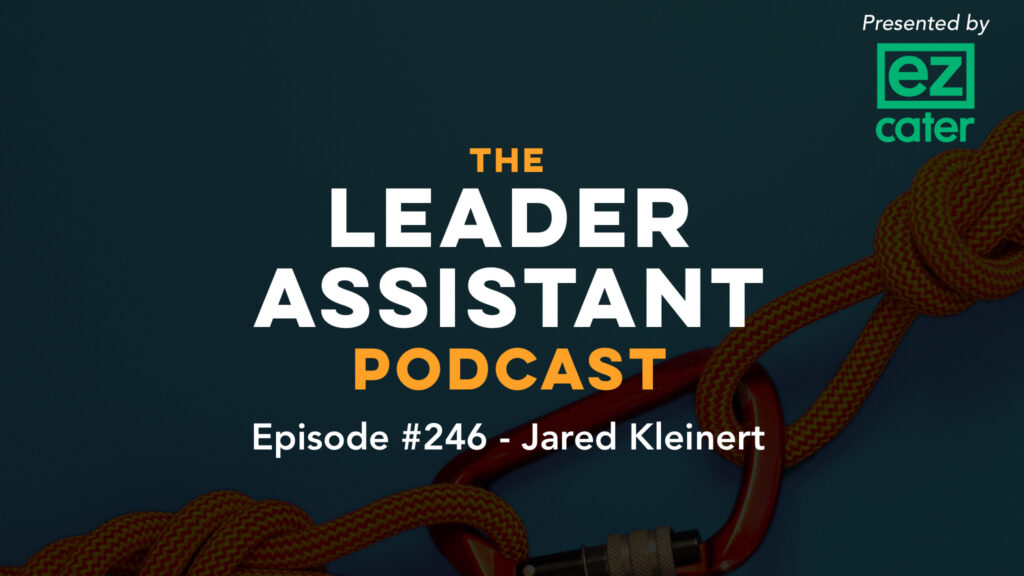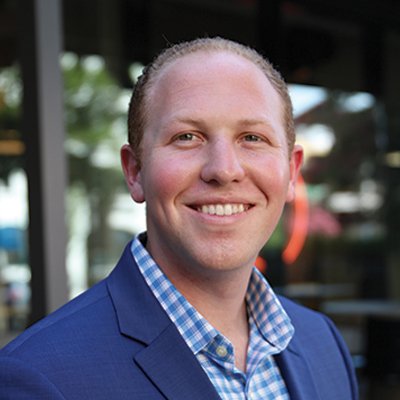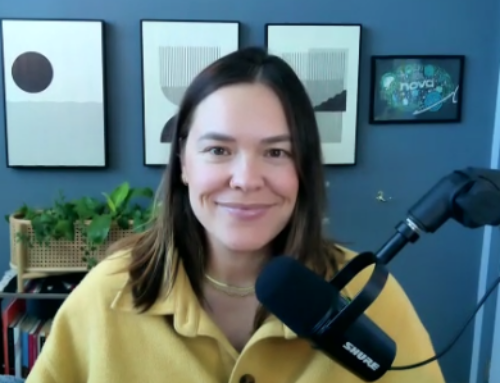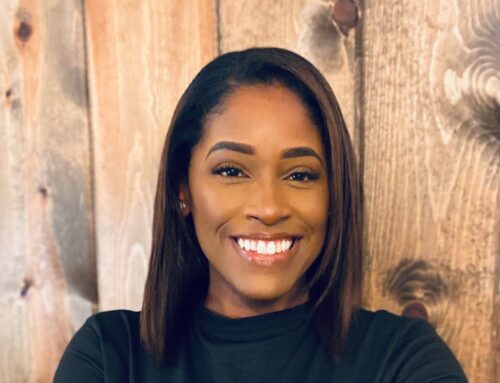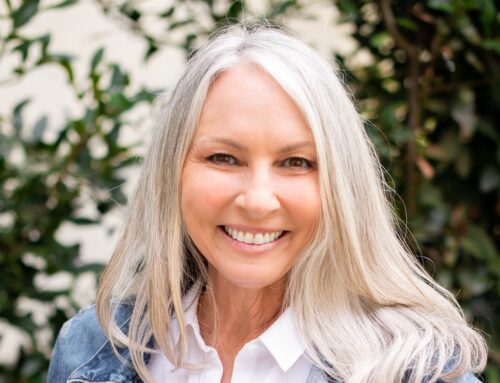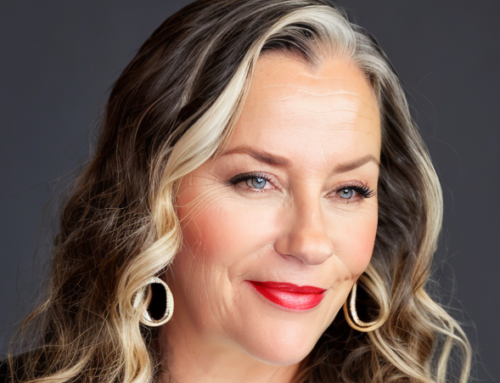Jared Kleinert is the Founder/CEO of Offsite. Jared is also a TED speaker, 3x award-winning author, and USA Today’s “Most Connected Millennial” who has helped organize hundreds of events for over 30,000 attendees.
In this episode of The Leader Assistant Podcast, Jared Kleinert shares tips on offsite planning, networking, and remote work.
LEADERSHIP QUOTE
To give anything less than your best, is to sacrifice the gift.
– Steve Prefontaine
CONNECT WITH JARED
- Jared on LinkedIn
- Offsite – Save 10% when you mention Leader Assistant to the Offsite team!
- @offsite on X
- Jared’s book, NETWORKING: How to Meet Influential People, Deepen Relationships, and Become a Super-Connector
ABOUT JARED
Jared Kleinert is the Founder/CEO of Offsite. If you’re planning a team retreat, Offsite can save you time, money, and stress. Jared is also a TED speaker, 3x award-winning author (his most recent book is NETWORKING: How To Meet Influential People, Deepen Relationships, and Become A Super-Connector), and USA Today’s “Most Connected Millennial” who has helped organize hundreds of events for over 30,000 attendees.
As a teenager, Jared was one of the first ten employees at an enterprise SaaS company called 15Five, the market leader for software powering continuous employee feedback, high-performing cultures, objectives (OKR) tracking, etc.
Later, Jared would become a delegate to President Obama’s 2013 Global Entrepreneurship Summit in Malaysia, write multiple books including the “#1 Entrepreneurship Book of 2015”, 2 Billion Under 20: How Millennials are Breaking Down Age Barriers and Changing The World (2015), and “Networking: How To Meet Influential People, Deepen Relationships, and Become A Super-Connector” (2022), and speak at TED@IBM the day before he turned 20.
His insights on entrepreneurship, networking, remote work, and offsites have been featured in major media such as Forbes, TIME, Harvard Business Review, Fortune, NPR, Entrepreneur, Mashable, Fox Business, The Hustle, Bloomberg, and more.
–––
THE LEADER ASSISTANT PODCAST IS PRESENTED BY EZCATER
ezCater is the nation’s most trusted provider of corporate food solutions — the best way for companies to order food for daily employee lunches, meetings, and events of any size or budget. ezCater’s simple-to-use platform provides a network of over 100,000 restaurants nationwide, business-grade reliability, food spend management tools, and 24/7 support from their highly trained customer service team.
To explore corporate food solutions or place a catering order, visit ezcater.com.
–––
THE LEADER ASSISTANT PREMIUM MEMBERSHIP
To learn more about how you can join growth-minded Leader Assistants, check out our Leader Assistant Premium Membership for ongoing training, coaching, and community.
THE LEADER ASSISTANT BOOK
Download the first 3 chapters of The Leader Assistant: Four Pillars of Game-Changing Assistant for FREE here or buy it on Amazon and listen to the audiobook on Audible. Also, check out the companion study guide, The Leader Assistant Workbook, to dig deeper.
LEADER ASSISTANT LIVE EVENTS
Check out our constantly updated schedule of events for admins and assistants at LeaderAssistantLive.com.
JOIN THE FREE COMMUNITY
Join the Leader Assistant Global Community for bonus content, job opportunities, and to network with other assistants who are committed to becoming leaders!
SUBSCRIBE
Subscribe to The Leader Assistant Podcast so you don’t miss new episodes!
You can find the show on Apple Podcasts, Spotify, Google Podcasts, Pandora, and Stitcher.
Join my email list here if you want to get an email when a new episode goes live.
LEAVE A REVIEW
If you’re enjoying the podcast, please take 2 minutes to rate and review the show on Apple Podcasts here. Each review helps me stay motivated to keep the show going!

